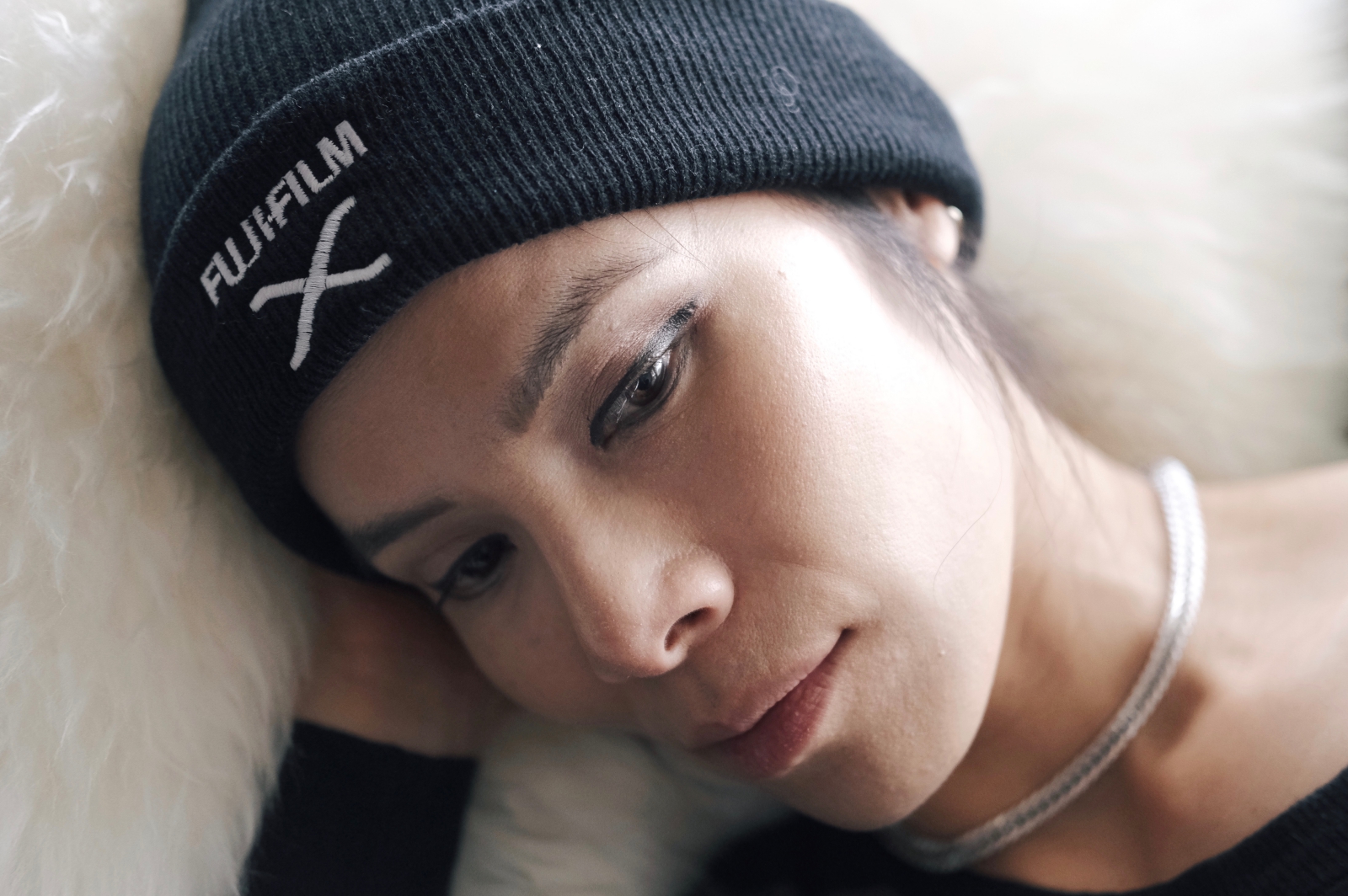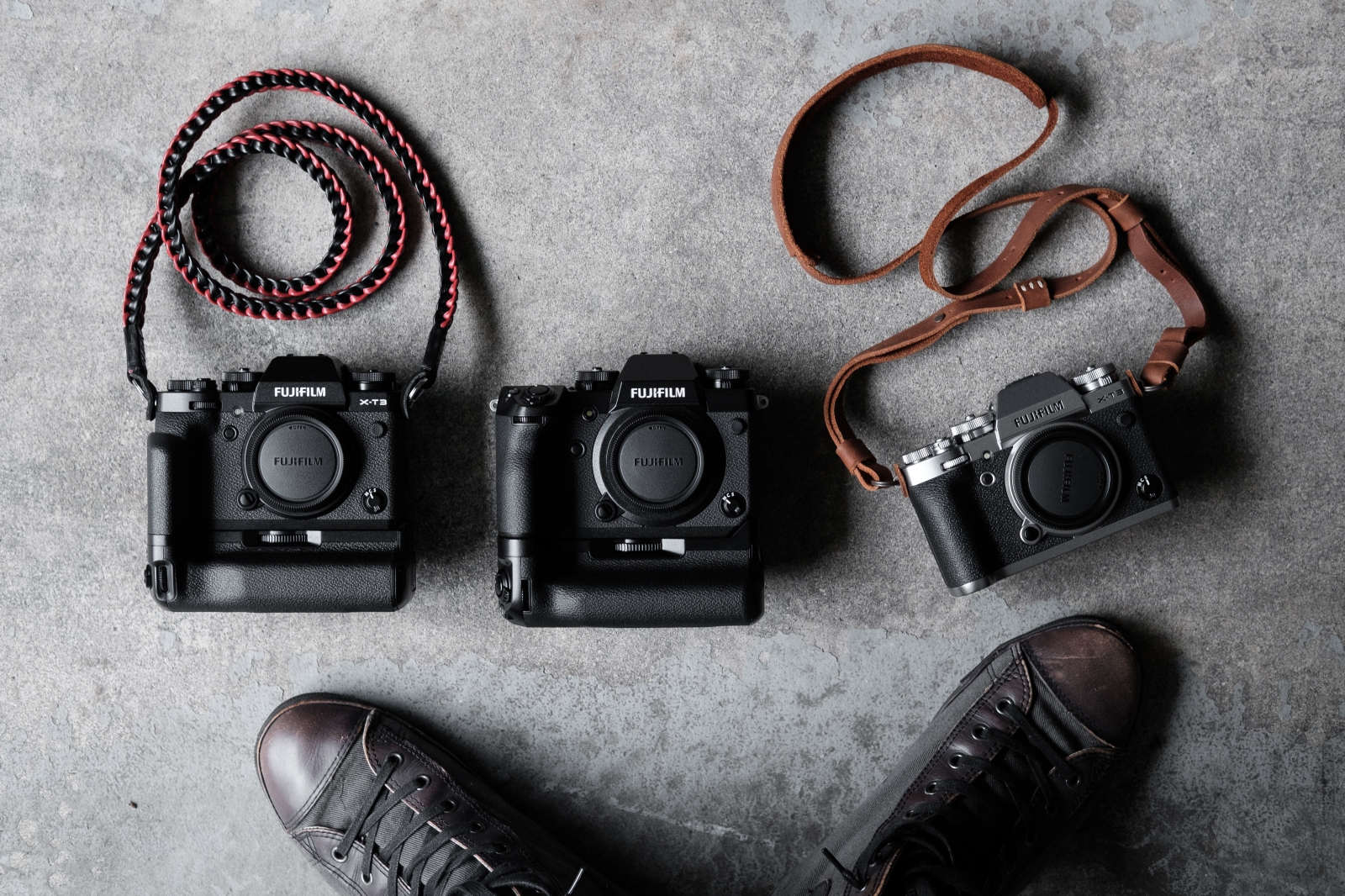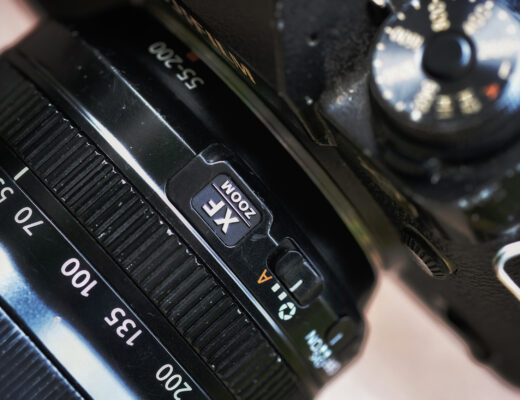I was lying down in my hotel room in Toronto when I got ‘the email’ at 1am from Fujifilm Canada. The moment I read UHD 4K 60FPS 4:2:0 10 bit internal, I knew the X-T3 would get the attention of videographers. I was so excited I couldn’t sleep for the next two hours (I was messaging back and forth with Mark from Fujifilm Canada, as well as my West Coast colleagues who were 3 times zones behind me).
A few hours later I stumbled my way down to the X-T3 launch event in the hotel that same morning. As suspected, the majority of the questions that were coming from media personalities were videocentric. Once the pre-sales started I spoke with many colleagues in photo retail and they confirmed my hunch: of the big 3 mirrorless camera announcements, there was more buzz around the X-T3 than the other two. In fact, within my inner circle, all 3 who pre-ordered the X-T3 were videographers!! Yes, the new video features in the latest and greatest Fujifilm APS-C sensor camera is pretty amazing. The question begs to be asked then: Is it worth it for a stills photographer to buy the new X-T3, especially if you already own the X-H1 or X-T2?
First of all, if you heavily rely on autofocus (sports, wildlife, event) and you are currently dissatisfied with your hit rate, then an upgrade is definitely worthwhile. Although not on par (yet) with the top brands, the new phase detect algorithm for face/eye detect is a huge improvement over the previous generation Fujifilm X series cameras. I can confidently rely on face detect while shooting video, and the same goes for stills. Just make sure your subject is at least 20-30% of the screen to be most effective while in face/eye detect mode. The fact that the camera now has 425 selectable focus points (with 2.16 million on sensor phase-detect points) across the entire sensor area (ok, almost all the way), not only is face/eye detect improved, but so is focus tracking. In addition, if you need to adjust your focus point, you can use the joystick, the touch LCD screen, or drag to your focus point using the LCD screen while using the EVF.
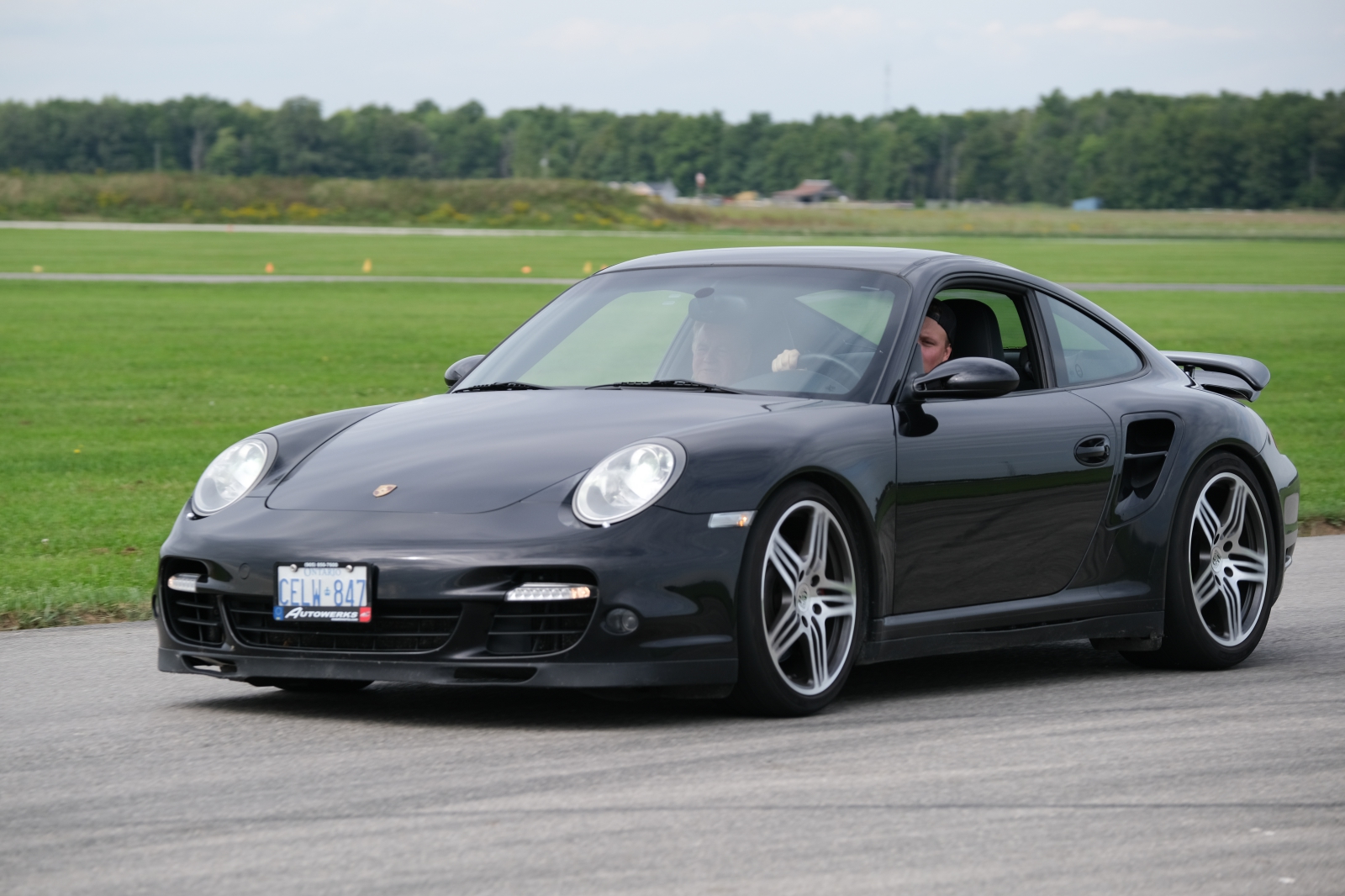
X-T3 with XF50-140 f/2.8. 1/750th sec f/4 @ ISO 160. AF-C, continuous HIGH JPG + RAW in boost. Mechanical shutter only. SOOC JPEG
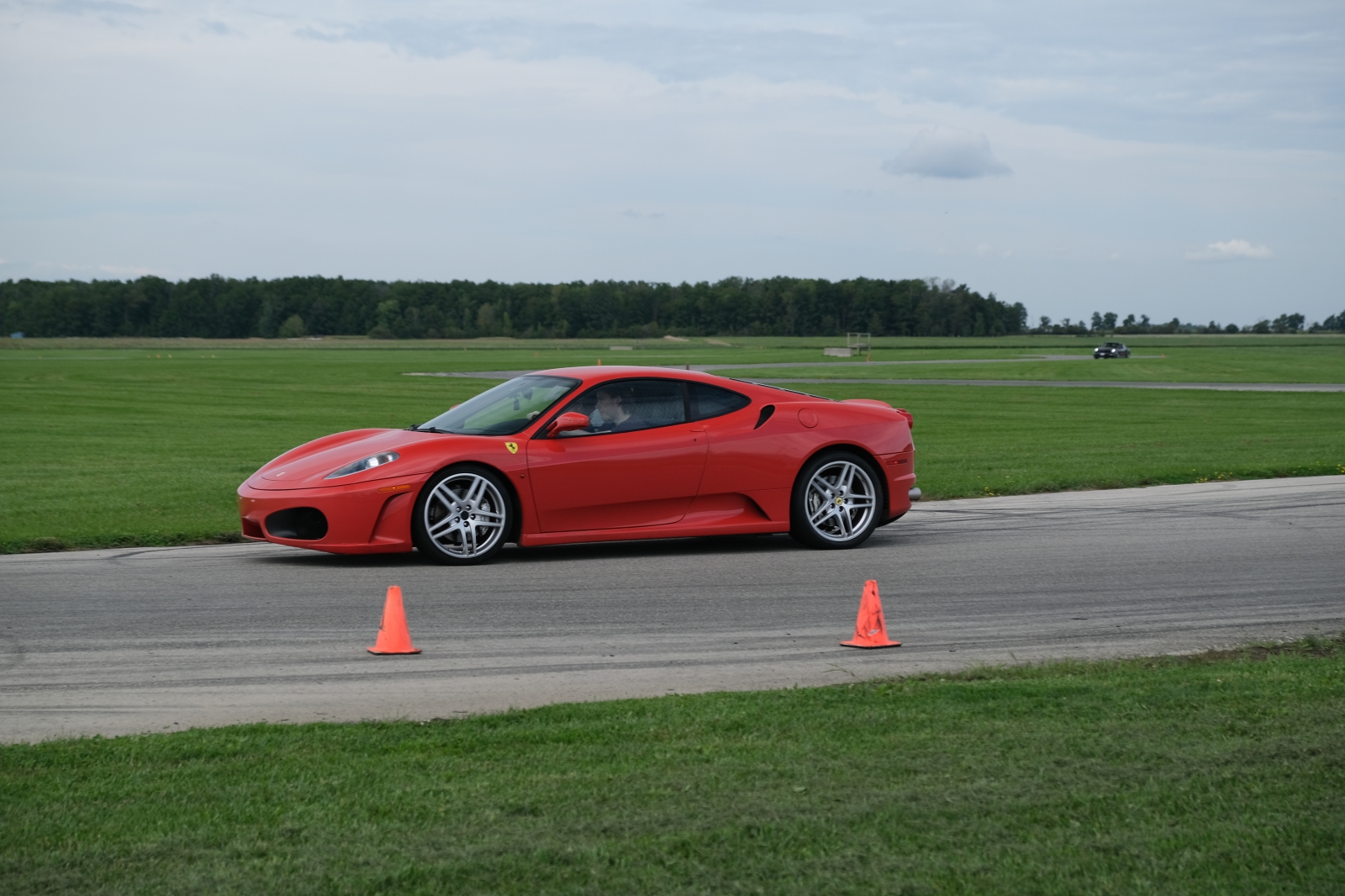
X-T3 with XF18-55 f/2.8-4. 1/480th sec f/4 @ ISO 160. AF-C, continuous HIGH JPG + RAW in boost. Mechanical shutter only. SOOC JPEG. SOOC JPEG
We heavily tested the new AF features (with Fujifilm’s encouragement and confidence) during the X-T3 event with sports cars on a race track. We tested the cropped Sports Finder Mode, continuous high in boost, electronic shutter, shot in both RAW and JPEG, and the hit rate was pretty good once you got use to panning as well as the AF feel of the shutter button. According to Fujifilm, the previous generation processor could only handle 60 autofocus calculations per second, while the new X-T3 and the X Processor 4 can handle 240 calculations per second. That’s a huge improvement. Low light performance is also improved from -1EV to -3EV. Again, if AF is a big deal to your workflow and you are currently dissatisfied with your current Fujifilm X Series camera, you will notice the biggest improvement with the autofocus on the new X-T3.
Perhaps you are happy with your current X series camera’s AF system, as many of us are. What other improvements will you notice with the latest 26.1MP BSI (Back Side Illuminated) X-Trans 4 sensor and X-Processor 4 combination? The image quality improvement is subtle, but it’s there. The biggest addition due to the more powerful four core processor is the addition of Color Chrome Effect (read about it here). Basically this algorithm mimics Fujifilm’s Fortia colour reversal film that retained tonality even in high contrast situations. I notice it mostly in the reds, and you can either remove this effect, have it as weak or strong effect (you can adjust after with in-camera RAW output as well). And unlike the GFX 50S that would noticeably slow down while applying Color Chrome Effect, due to the new X Processor 4, the X-T3 can apply this effect even in burst mode.
The base ISO has also been dropped from 200 down to 160, which also drops the dynamic range 400% from ISO 800 down to ISO 640 ( 200% down from 400 to 320). Although there will be no significant improvement in image quality with a lower base ISO, for those who need increased dynamic range in stills can do so 1/3 stop lower than previously, as well as those who use F-Log for video (minimum ISO dropped from ISO 800 to ISO 640). This is thanks to the new back side illuminated CMOS sensor, something that has been missing from the APS-C format for a few years. Because Samsung was the last to manufacture an APS-C BSI CMOS sensor, there were rumours the sensor was manufactured by Samsung; but Fujifilm has confirmed that this is not the case. Although manufactured by Sony, the new sensor is in-house designed and tested by Fujifilm.
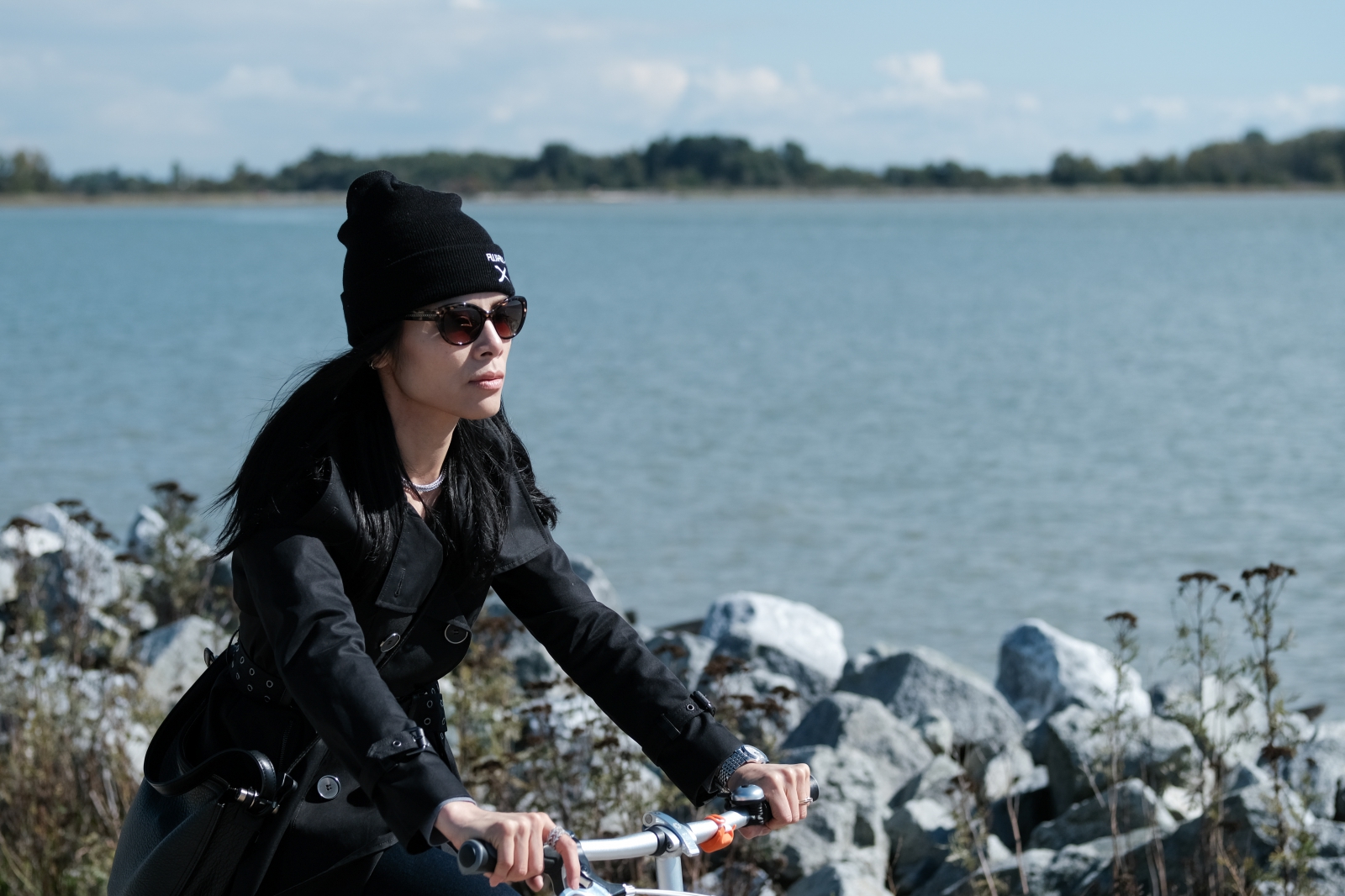
X-T3 with XF50mm f/2 R WR. 1/4000th sec f/2.8 @ ISO 200. AF-C with Face/Eye detect, Continuous High JPEG only. SOOC JPEG
For me, the biggest improvement that I notice every time I use the X-T3 is the stability of the new X-Processor 4. The previous X-Processor Pro was starting to show it’s age, especially in the X-H1. Due to the high processing demands of the new X-H1 and all its new features, I have never experienced as many lock-ups than with any previous Fujifilm X series camera. In fact, the X-H1’s IBIS has its own processor to handle the extra processing load, and yet the processor still feels overworked at times, especially during video. The new X-Processor 4 in the X-T3 with quad cores can handle not only all the new video features (which I won’t bore you with), but also the new improved autofocus algorithms, including face/eye detect and low light AF. Also with the touch interface and a more efficient processor, the camera consumes less power and creates less heat, negating the need of the booster grip during heavy loads (unlike the X-T2 and X-H1). There are also smaller ‘kaizen’ improvements that I really appreciate on the X-T3. The locking diopter, removable I/O door, tally light, 3.5mm headphone jack, USB-C, 3.69mp EVF, slightly bigger grip, the addition of bluetooth and other small firmware tweaks.
There is room for improvement. The biggest area the system can be improved is with battery life. As mentioned, the new processor improves battery life with better CIPA rating of 390 shots per charge versus the X-T2’s 340, but in real world use, I didn’t really see a huge improvement. During the all day Fujifilm event, we were given 5 batteries per camera, and we were given 2 cameras, so a total of 10 batteries. Some of the video guys went through all their batteries before the end of the evening. I went through half of mine, but you get the picture. I think a good compromise is with the battery grip. If they could create a separate battery pack that slips into the grip that has the value of 4 regular batteries, then the CIPA rating will go up to 1950 shots with the grip (equiv. of 5 regular batteries). I would have also preferred a fully articulating screen, not only to put it in selfie mode for video work, but also to protect the LCD screen when not in use by flipping it backwards and closed. I still don’t like the tiny AE-L/AF-L buttons (the X-H1 is much better), and the joystick should be bigger and more grippy.
After using the X-T3 as my daily camera for almost a month, I have a good feel for this new camera, and I really like it. As many of you know, I really enjoyed the previous flagship X-T2. I took that camera all over the world, and it never let me down. I felt it was the game changer for Fujifilm at that time; and for many previous DSLR shooters, it was their first mirrorless camera. From what I’ve seen in the past month using the X-T3, I think this camera will do the same, but with videographers. Many GH4, A6500, A7 and 5D videographers want the 4K 60FPS UHD H.265 4.2.0 internal (or 4.2.2. external). That’s a game changer. But even for stills photographer who may never use X-T3’s powerful video features, the plethora of photographic features will keep you satisfied. If you’re a stills photographer and you currently own the X-T2 and you’re happy with it’s performance, I wouldn’t upgrade. If you’re currently an X-H1 videographer, and you can live without IBIS, I would consider an upgrade, especially if you want to get into the 4K 60FPS game. If you have an X-H1 and you’re primarily a stills shooter, it’s a toss up. You lose IBIS, but you gain Color Chrome Effect, improved AF, and a more stable processor with lots of room to update and upgrade to possible new features in the future. I will continue to use the X-T3 as my daily shooter along side the X-H1 for a long term review. Until then, comment below if you have any questions or if there’s anything I’ve missed. Thanks for reading and happy shooting.






